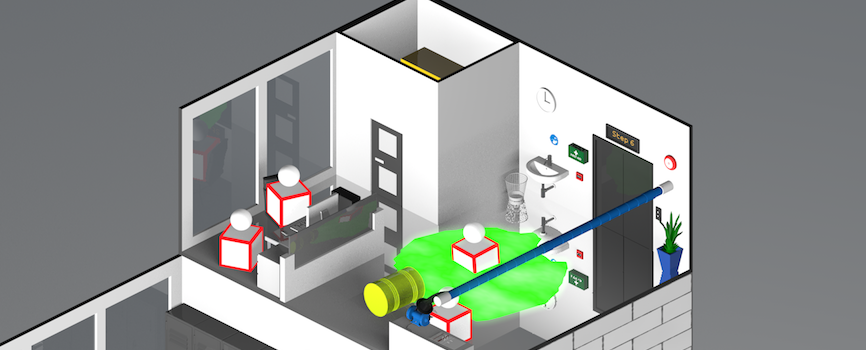Can You Work on a Fragile Surface?
Posted 7 years ago

According to HSE, fragile roofs account for 22% of all fall from height fatal injuries in the construction industry. It should be known that anyone undertaking work on a fragile surface can be seriously injured or killed if they were to fall through the fragile surface. That’s why it is an employer and an employees responsibility to be able to distinguish the difference between fragile and non-fragile surfaces in order to reduce the chance of any incident to occur.
What is a Fragile Surface?
Fragile surfaces are materials that are not able to support the weight of one person and any other materials that they may be carrying.
HSE state that “All roofs, once fixed, should be treated as fragile until a competent person has confirmed that they are non-fragile”. They consider the following to be considered fragile surfaces:
- Fibre-cement sheets – non-reinforced sheets irrespective of profile type;
- Rooflights – particularly those in the roof plane that can be difficult to see in certain light conditions or when hidden by paint;
- Liner panels – on built-up sheeted roofs;
- Metal sheets – where corroded;
- Glass – including wired glass;
- Chipboard – or similar material where rotted; and
- Others – including wood wool slabs, slates and tiles.
Health & Safety in Roof Work
Working near fragile surfaces poses many threats to workers, therefore safety precautions must be put in place before attempting to do the job.
Firstly, if possible, the work should be staged around working as far as possible from the fragile surface. This keeps the workers away from the risk of falling through. This could be done by working below the fragile surface, rather than on top of it.
Secondly, a number of physical barriers must be put in place to reduce the impact of the damage caused if the surface was to collapse. This includes fall restraints, safety nets and guard rails.
Thirdly, there must be a strong communication between the workers and the people running the site. There should be warning notices placed clearly around the site. Additionally, the workers should be given clear instructions of the use of the precautions.
Finally, the co-operation between the contractors and the clients should bring them to work closely together so that they can agree to arrangements for managing the work.

Jack Rosier
Senior Marketing Executive
Related articles



Opt-in to our newsletter
Receive industry news & offers
